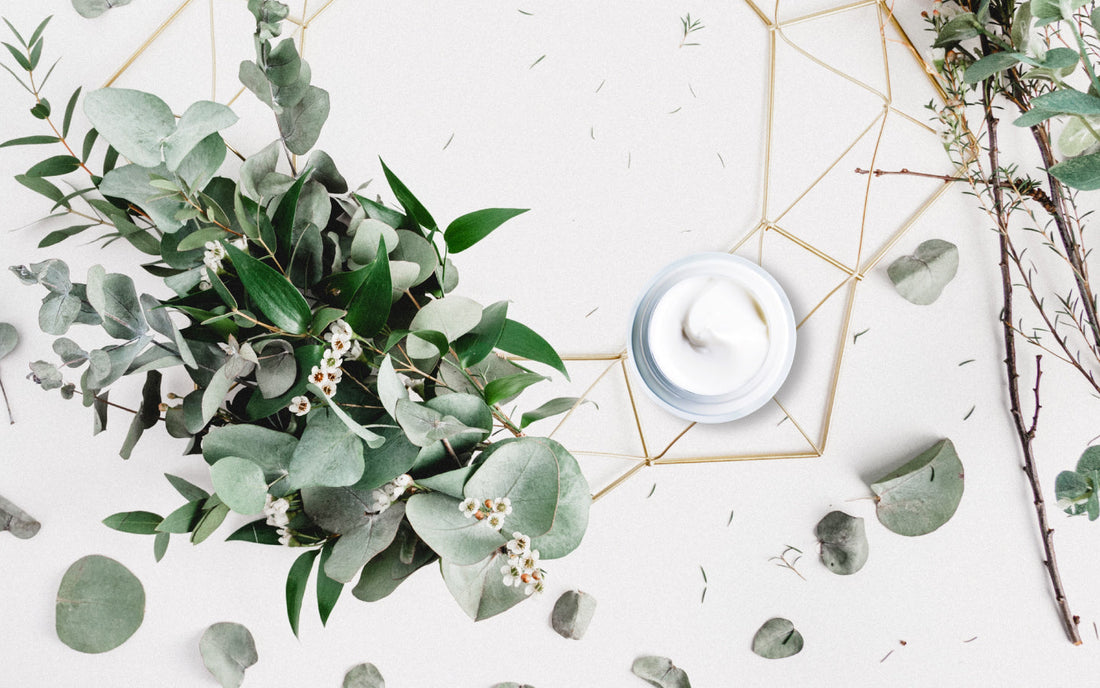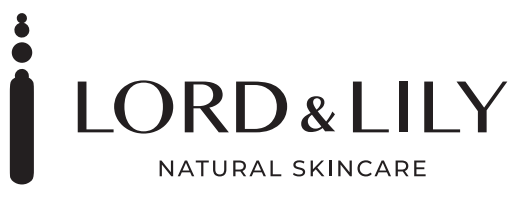
Why we don’t use PEG
Share
PEG stands for Polyethylene Glycol, which is a group of synthetic chemicals used in cosmetics and skincare products. PEGs serve various purposes in formulations, such as:
· Emulsifiers: They help mix water and oils in products like moisturizers and serums.
· Solvents: PEGs can dissolve other ingredients and improve product texture.
· Humectants: They can attract moisture to the skin.
Lord & Lily never use PEGs or PEG-related ingredients.
That’s because PEGs (short for polyethylene glycols) are made through a chemical process that uses harmful, even toxic, substances. Even if some of these chemicals are removed, small traces can still remain in the final product. At Lord & Lily, we believe your skin deserves better—so we stay away from ingredients made through this kind of risky processing.
When PEGs (polyethylene glycols) and PEG derivatives are made, they go through a chemical process called ethoxylation, which uses toxic or potentially carcinogenic substances. Here are some examples of the harmful ingredients involved in this process:
🚫 Harmful Chemicals Used in Making PEGs
1. Ethylene Oxide
• A known human carcinogen (linked to breast cancer and lymphoma)
• Used to make PEGs water-soluble
• Highly toxic and reactive
2. 1,4-Dioxane
• A byproduct of ethoxylation
• Also a probable human carcinogen
• Can remain as a contaminant in finished skincare products if not properly removed
3. Heavy Metals (e.g., lead, arsenic, cadmium, mercury)
• Sometimes found as residual contaminants in PEGs, depending on how and where they’re produced
• Can accumulate in the body over time, potentially leading to serious health issues
4. Formaldehyde (in some PEG blends or related ingredients)
• A known skin irritant and carcinogen
• Sometimes used as a preservative or may form during product degradation
Why Many Skincare Brands Choose PEG:
Despite these concerns, many popular skincare brands still use PEGs because:
- Effective Performance: PEGs are highly effective at stabilizing formulations, making them versatile for a wide range of textures and product types, from cleansers to moisturizers.
- Cost-Effectiveness: PEGs are relatively inexpensive compared to some natural alternatives, making them a common choice for mass-market skincare brands.
- Product Stability: They help preserve the shelf life and stability of formulations by preventing ingredient separation.
- Ease of Formulation: PEGs can be used to dissolve and mix other difficult-to-combine ingredients, creating smooth, consistent formulations.
Alternatives to PEG Used by Lord & Lily:
Since Lord & Lily avoids using PEG in their products, they choose natural or more skin-friendly alternatives. These could include:
- Plant-Based Emulsifiers: Ingredients like cetearyl alcohol, glyceryl stearate, or sorbitan olivate are derived from natural sources and can effectively emulsify and stabilize products without the need for PEG.
- Natural Humectants: Instead of PEGs, they might use ingredients like glycerin, hyaluronic acid, or aloe vera to draw moisture into the skin.
- Plant Oils & Butters: Natural oils like jojoba oil, squalane, and argan oil can be used to moisturize the skin, providing a natural alternative to the emollient effects of PEGs.
- Silicone-Free Alternatives: If a product is designed to give a smooth, silky feel (like some PEG-based formulas), natural alternatives like shea butter could be used to create similar textures.
- Natural Solvents: Instead of synthetic PEG-based solvents, Lord & Lily opt for natural oils or water-based solutions that have solvent-like qualities but are less harsh on the skin.
A Message from Lily, Founder of Lord & Lily:
At Lord & Lily, we prioritize your skin's health by avoiding PEG and other harmful ingredients. Every product is carefully crafted with pure, effective, and sustainable ingredients, ensuring a skincare experience you can trust. When you choose us, you're not just caring for your skin—you're supporting a brand committed to transparency and the environment.
